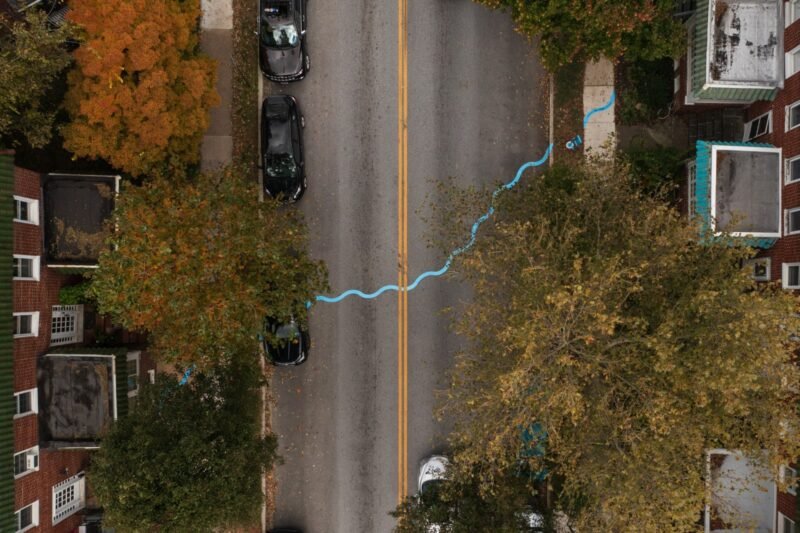Drop Spots: Turning Public Space Into A Secret Mailbox

Speaking about a city that has to become more exciting, online applications can do a job that’s worth a million. I recently stumbled upon this website called Drop Spots, which is not very new, but definitely interesting. Drop Spots is a simple online application for exchanging secret urban spaces. Hidden micro spots all over the world can be turned into secret mailboxes using Google Maps. The website enables you to leave a message or a present to strangers somewhere in the city. This is not only goof news for the urban guerrilla type of people, but a brilliant service for ransom deals as well. Anyway, it’s very easy. Step 1: choose something to share and head outside. Step 2: find a hiding place. Step 3: stash it! Step 4: map it on dropspots.org. Step 5: someone else will find it.
The idea behind Drop Spots is to change daily urban places into exciting spots. As explained by the makers:
“A dropspot is a kind of alternative mailbox. It’s a hiding place in a public space, where people can leave things for exchange. Anything. It’s a wierd and wonderful way to add personal character to the streets that we live in. Stash something fun and see what you get back. To find a Drop Spot in your neighborhood, visit the Drop Spots map. Select a Drop Spot map marker near you, make note of its location and visual description and head out the door to find it! Once you locate the spot and discover your mystery gift, make sure to leave one in its place to keep the exchange going. (…) To create a new Drop Spot, find a hidden nook or crevice in your neighborhood to tuck away a simple gift you would like to share; perhaps a poem, photograph, favorite quote, or mix CD—something fun that represents you. Then log on to dropspots.org to map and describe the secret location of your gift so others can find it.”
I believe this way of dealing with public space is a very interesting new form of urbanism, as it changes our perspective on and usage of urban space. A layer of experience and excitement is added to the existing space concept. In that sense, this initiative could be seen as a new form of urban design. Which I think is very interesting. It supports my opinion that the new urban question is not in adding bricks and concrete to our cities, but in reorganising city’s programme. Urban designers have to come up with new programmatic typologies. Drop Spots is one of these initiatives using the Internet to redesign this urban programme.
This way of online thinking is rarely used by traditional urban professionals like architects, urbanists, planners and landscapers. They traditionally see themselves in the position to rethink, design or plan the city from a more or less geographically bound position. They have to deal with an assignment that is regularly bound to a certain place, region or building. Doing so, they still believe that the world consists of a collection of designable places. In fact, this world has been partly evolved into a collection of designable networks and connections. Internet, in that sense, works different, since it is a network that principally involves the whole world and not a particular locality. Innovative urban concepts could therefore be implemented on a much wider level. And that’s interesting, because a new form of urban thinking and designing can emerge.
If you occasionally pass Amsterdam Central Station… check this one here.



